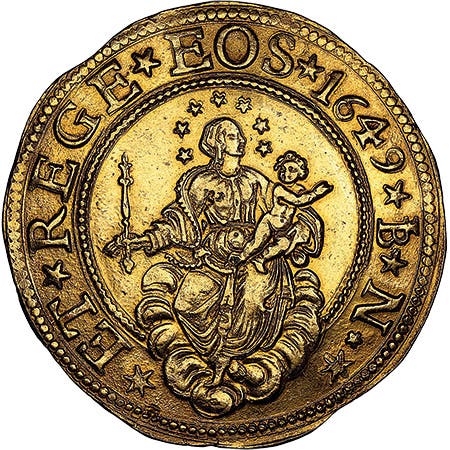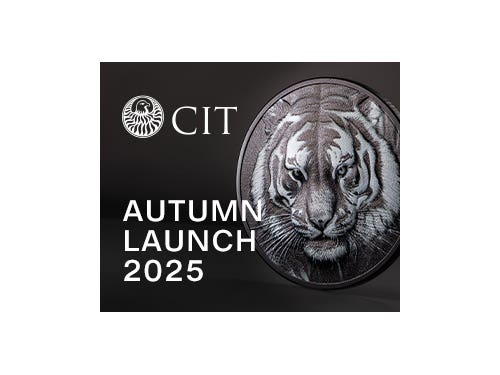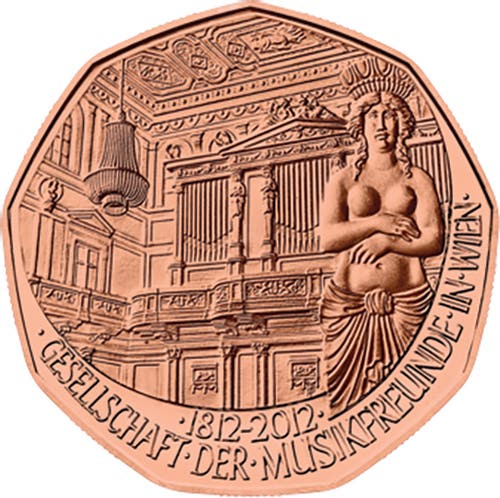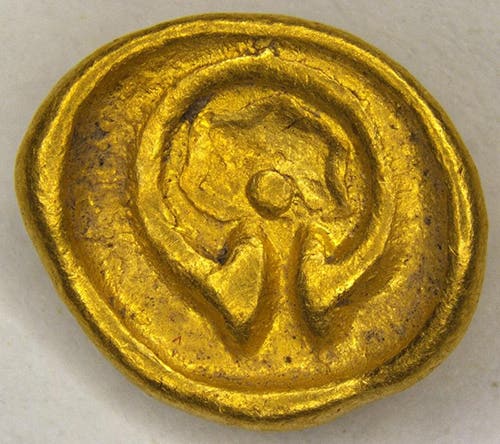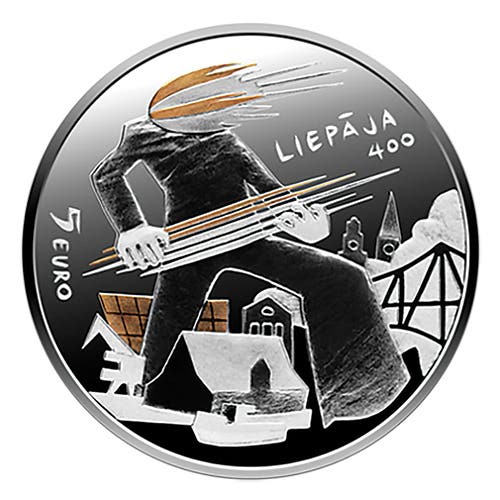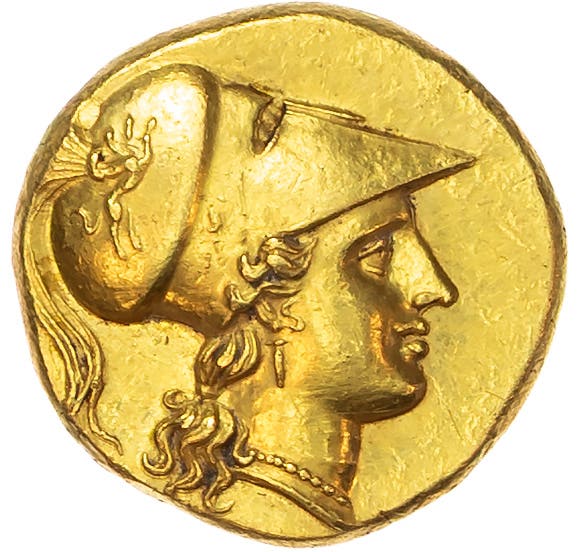Ancient Coin Mintage Estimates
Numerous attempts have been made to reliably estimate the number of coins of a type or from a specific die minted because mint records if they ever existed, have not survived.
The number of extant coins may be significantly different than the number of coins that were produced. Despite this being common knowledge, modern coin collectors often use mint production statistics as a tool to determine rarity. U.S. coins are likely the best example. A more reliable tool is the population reports published by third-party certification services identifying not only how many coins of a specific date have been examined, but the grades in which they are being assigned. Via this tool grade rarity can also be reasonably established.
While this system is useful to collectors of modern coins, the same statistics are not available for ancient or medieval coins. Mint records, if they ever existed, have not survived. Numerous attempts have been made to reliably estimate the number of coins of a type or from a specific die minted. The October 5 Seventh International Numismatic Conference of the Coin Cabinet of the Royal Library of Belgium in Brussels will focus on determining the survival ratios of ancient coins.
According to the International Numismatic Council, “During this study day, a number of important questions regarding this theme will be discussed: Why are some coinages very well documented (with a lot of coins per obverse die) and others very poorly? How are these survival ratios changing as a result of modern factors, such as the discovery of major treasures, the activity of detectorists, the ever-increasing power of websites such as CoinArchives and ACSearch, etc.? Do these survival ratios organize into geographical or chronological landscapes? Are high survival ratios indicative of a long circulation time? What does this mean from an economic point of view? Are there other aspects that influence this monetary survival rate?”
According to the Silver website, there are 2,767 entries in the Die-Studies Database or DSD and 2,826 entries in the Greek Overstrikes Database or GOD. The DSD is “for the Graeco-Roman world in its broad acceptance from Spain to India. It is intended to offer a key tool for putting monetary productions into perspective and estimating their volumes.”
The GOD “aims to gather and make available all the known overstrikes for the Greek world in its broad acceptance from Spain to India whatever the metal (but gold overstrikes are rare). Overstrikes are of course a decisive tool for chronologies (what is below is before) but they also prove to be of fundamental importance for the study of coin circulation, especially for the silver flows, hence this development into the frame of the project SILVER.”
The die studies database is the central focus of the INC conference. According to the INC, the database “offers several functions relating to survival rates: automatic calculation for each coinage assuming an average productivity per coin of 20,000, as well as – conversely – productivity per coin if the survival rate is set at 1 per 2,000 or 1 per 5,000. A glance at the most well-documented coins, for example, reveals that Judea and Sicily are home to an astonishing concentration of very high survival ratios.”
Developing a working model will not be easy. The conference intends to address estimating the number of obverse or anvil side dies employed “because they generally deteriorate slower than the reverse dies… More than 20 methods based on probability calculation were proposed in the 1970s and 1980s. Several contributions have demonstrated the similarities of results between these formulas, providing the ratio ‘number of specimens divided by the number of obverse dies’ is ‘high enough.’”
The number of coins able to be produced from a single die must also be established. According to INC information, “For the sake of simplicity, the average productivity for an obverse die has therefore been uniformly fixed here to 20,000 coins. It is a stopgap measure that applies primarily to large silver denominations such as tetradrachms. This is not a right number but an average value which may be divided or multiplied by two (from 10,000 to 40,000 coins), but not by three (from 6,666 to 60,000). Although remaining in the right order of magnitude for smaller silver denominations and other metals, this average of 20,000 coins per obverse die may be adjusted depending on the kind of coinage.” This assumes all dies have been made from identical metal compositions.
Modern weights will also need to be factored into the calculations. According to INC information, “All the coin productions in precious metals (gold, electrum, and silver) have been converted in[to] weights of silver (tons and kilograms). This appears as much more convenient than expressing the final results in ‘equivalents of obverse dies for Attic drachms’ (or any similar monetary comparison). For the sake of simplicity too, it has been decided to proceed mechanically attributing to gold and electrum 10 times the value of silver (whatever the real ratio of the time and the area). Bronze issues have been logically excluded from that kind of calculations due to our great ignorance of their real legal values.”
Coins of 15th-century France will also be addressed in an effort to use the same model for medieval coins as is hoped to be developed for ancient coins. Die studies, overstrikes, coin finds, hoarding evidence, metallurgical data, and written sources will all be considered as the group looks to “detect patterns in survival ratios over space and time.”
The study day will take place at the Royal Library of Belgium in Brussels. Registration is available through INC-CIN.org.
You may also like:




